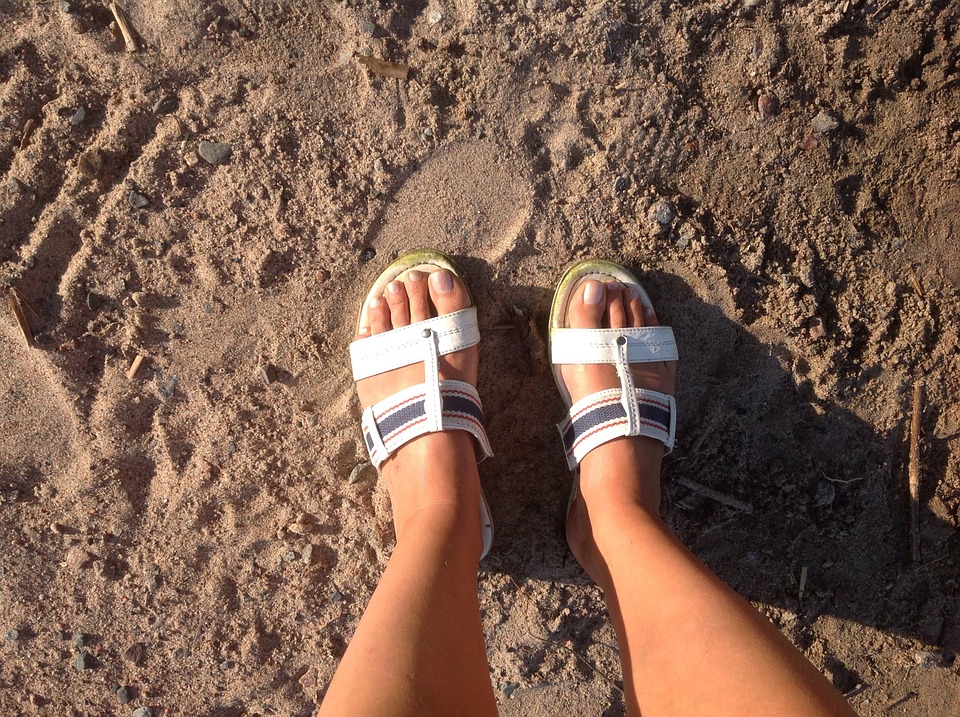Welcome to Hammertoes 101.
In the last blog, we learned all about what a hammertoe is, and about the different types that can occur. For a quick recap, a hammertoe is essentially a bent toe; it is when your toe bends or curls, instead of pointing forward.
There are two types of hammertoes: a mallet toe (when the toe is flexing downward only at the very end of the joint) and a claw toe (when the toe flexes at both joints). There are also hammertoes that bend and rub against the neighboring toe. Though some hammertoes are worse than others, they all offer a certain degree of pain and discomfort.
Today, you’ll learn about prevention & treatment
Before we delve into preventative measures, it’s important to understand what causes hammertoes. A popular notion is that you can control whether you get a hammertoe or not. This may be true in some cases, which I’ll cover later, but in most situations there is relatively little that can be done.
There are several causes of hammertoes:
- An imbalance between the tendons that pull the toes up (extensor tendons) and the tendons that pull the toes down (the flexor tendons) can cause the deformity.
- Neurological conditions such as neuropathy can cause muscle weakness, which in turn may lead to hammertoes.
- If one toe is abnormally long, a tight fitting shoe may cause it to buckle.
- Genetics plays a big part. If you have a less than ideal bone structure for the foot type you were born with, you may be predisposed to hammertoes. A very high arched foot may contribute to this problem and the opposite, a very flat foot, may do the same.
Alright, now for the good part.
What can you do to help prevent this pesky ailment?
When the second toe is longer than the first, shoe gear is a consideration. Make sure you fit the shoe to the second toe. It may feel like the shoe is a little loose or big, but it’s much better than scrunching the toe in there, and winding up with a painful hammertoe.
Other than in this instance, shoes can do little to prevent hammertoes, so please don’t feel guilty if you have one, as it’s usually not your fault. As I tell patients, it’s more a function of the parents you chose and the foot you inherited.
But, there’s good news.
How do you treat hammertoes?
Hammertoes, though frustrating and sometimes very painful, can be treated.
If there is a corn present, trimming done professionally (to prevent cutting too deep or injuring the toe) can provide relief especially in the earlier stages.
Hammertoe correction surgery may be necessary to correct the more severe deformities. This is a relatively simple procedure and most patients typically walk the day of surgery in a stiff soled postoperative shoe.
If you are suffering from one or even multiple hammertoes, there is no need to suffer any longer. Come see us and get back to the activities you enjoy and the shoes you’ve missed!



